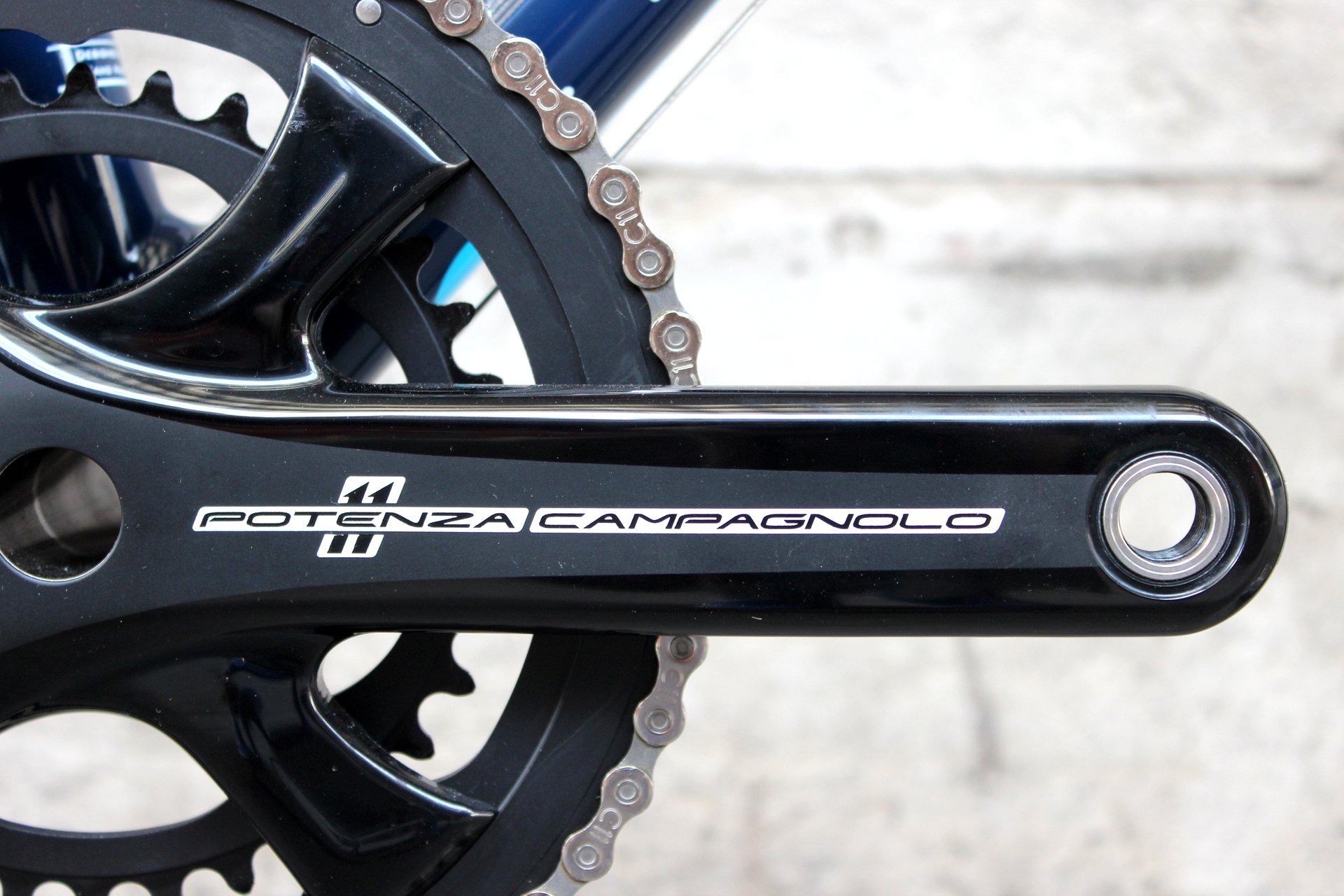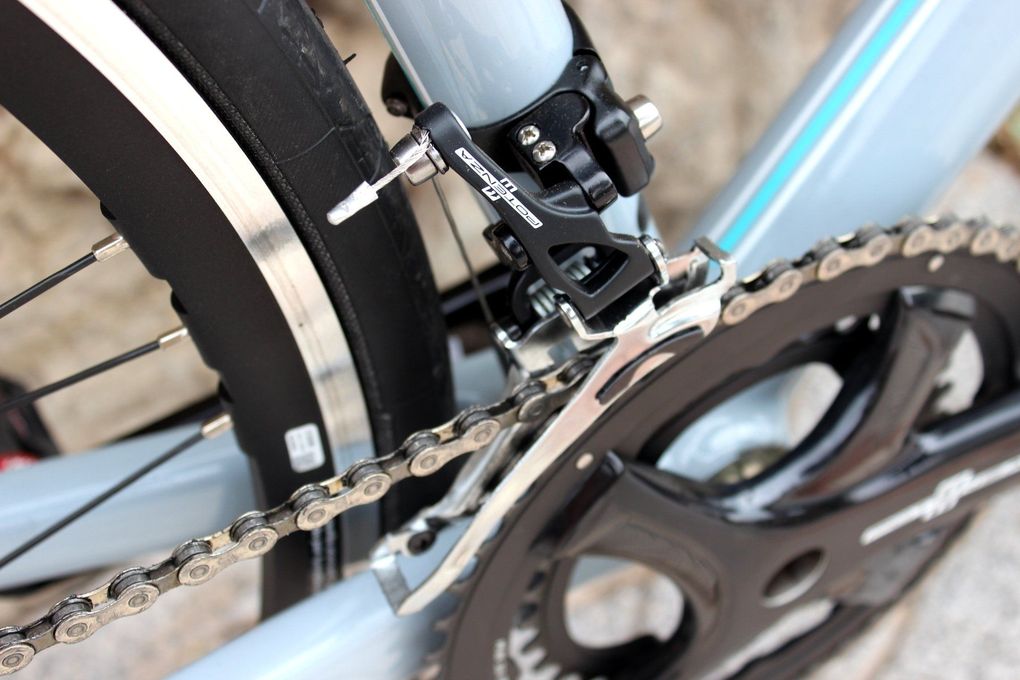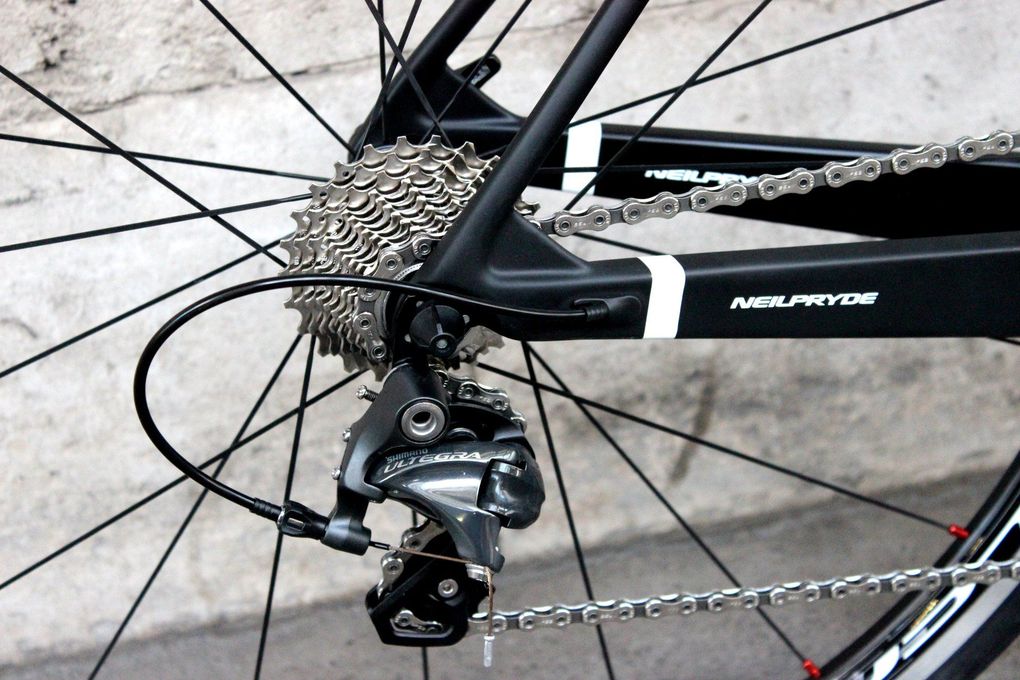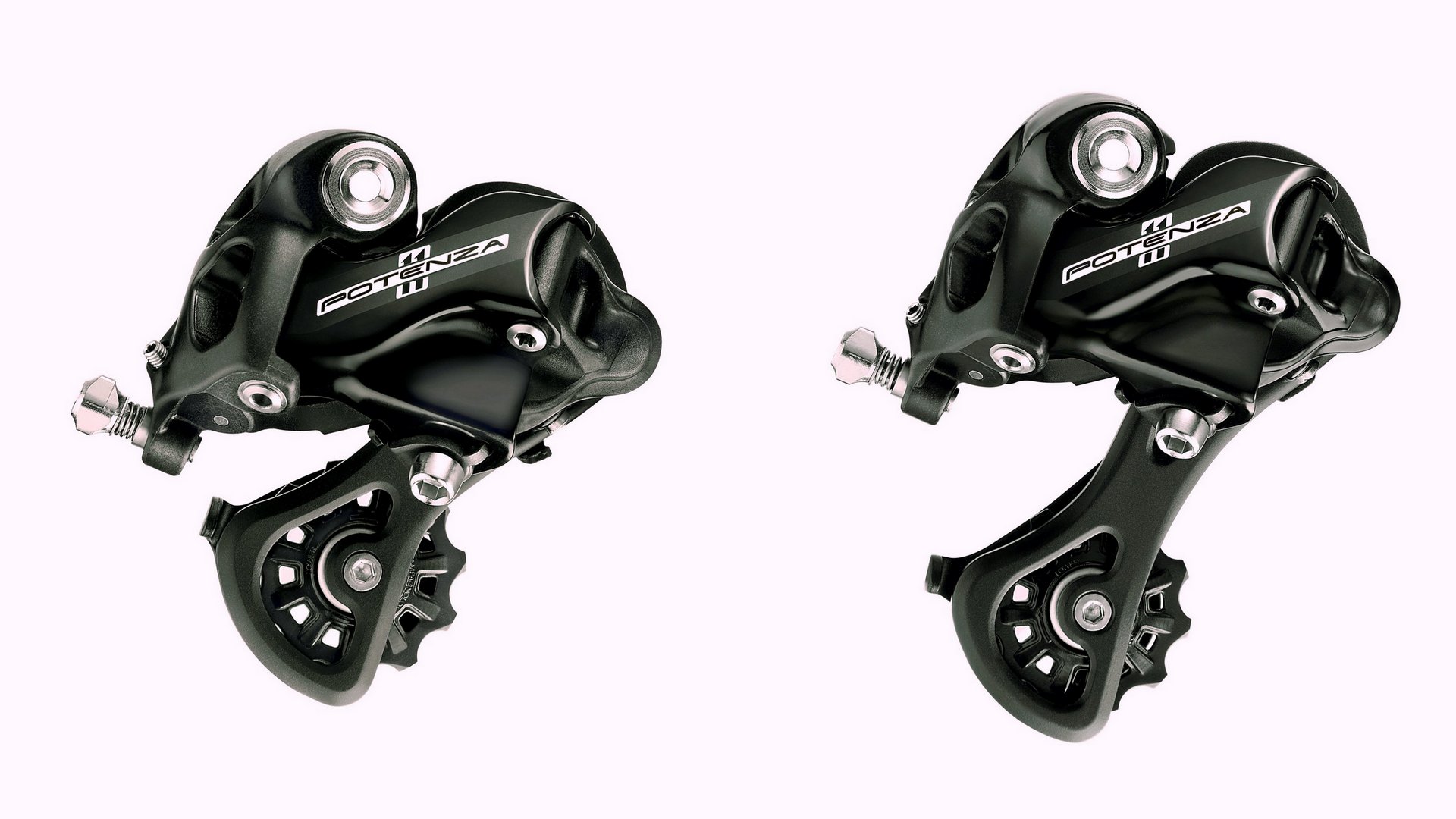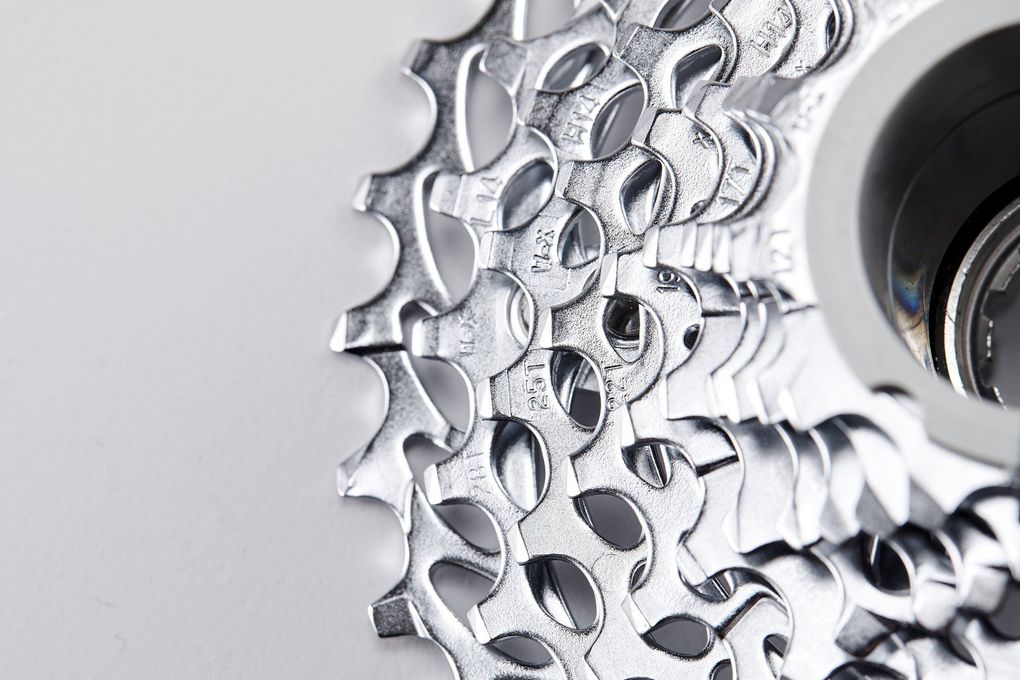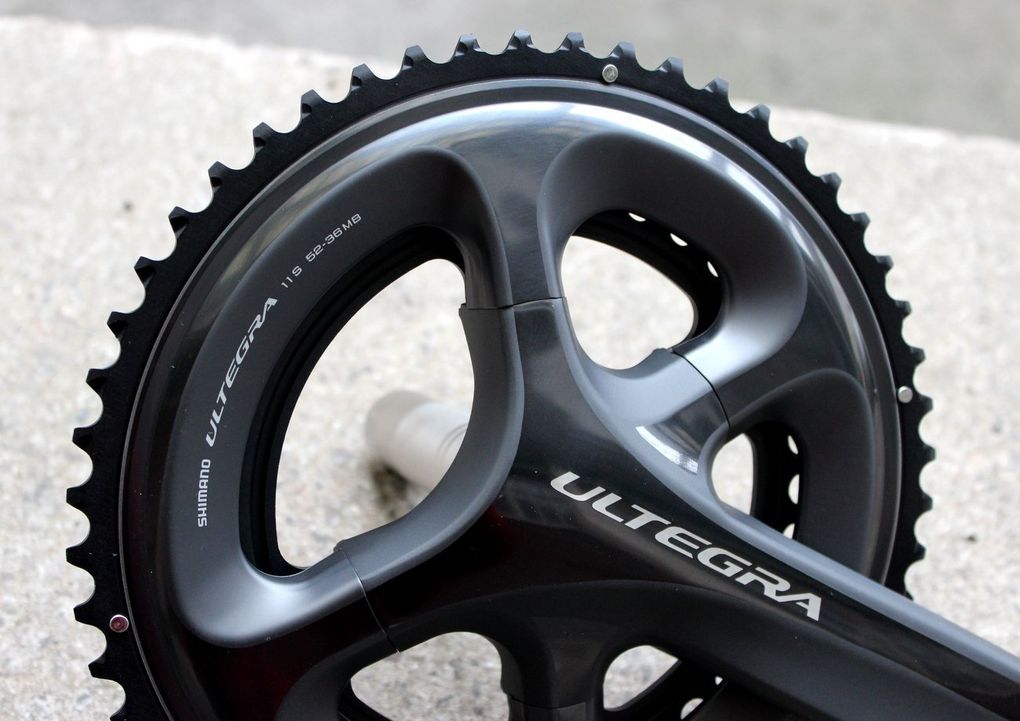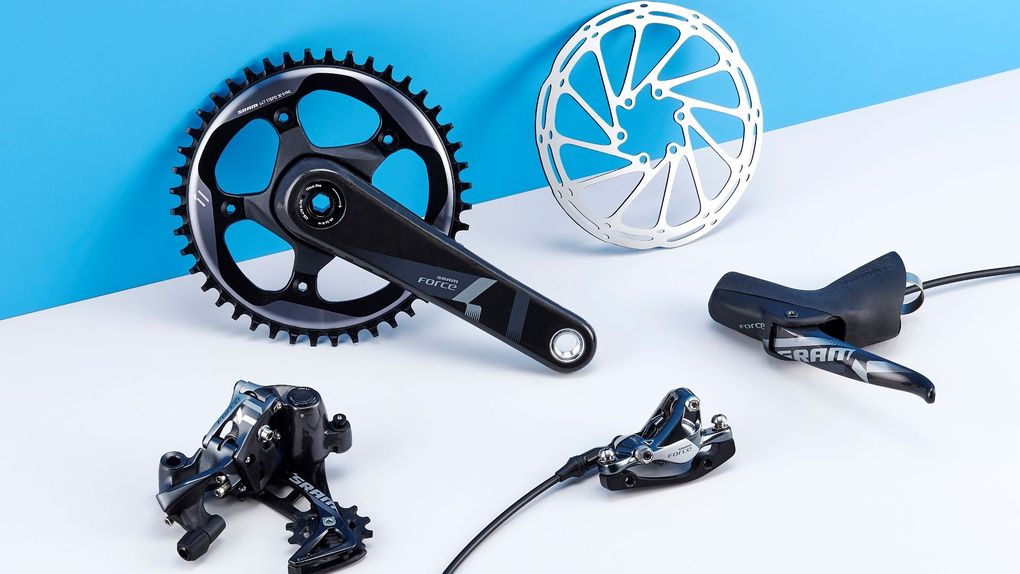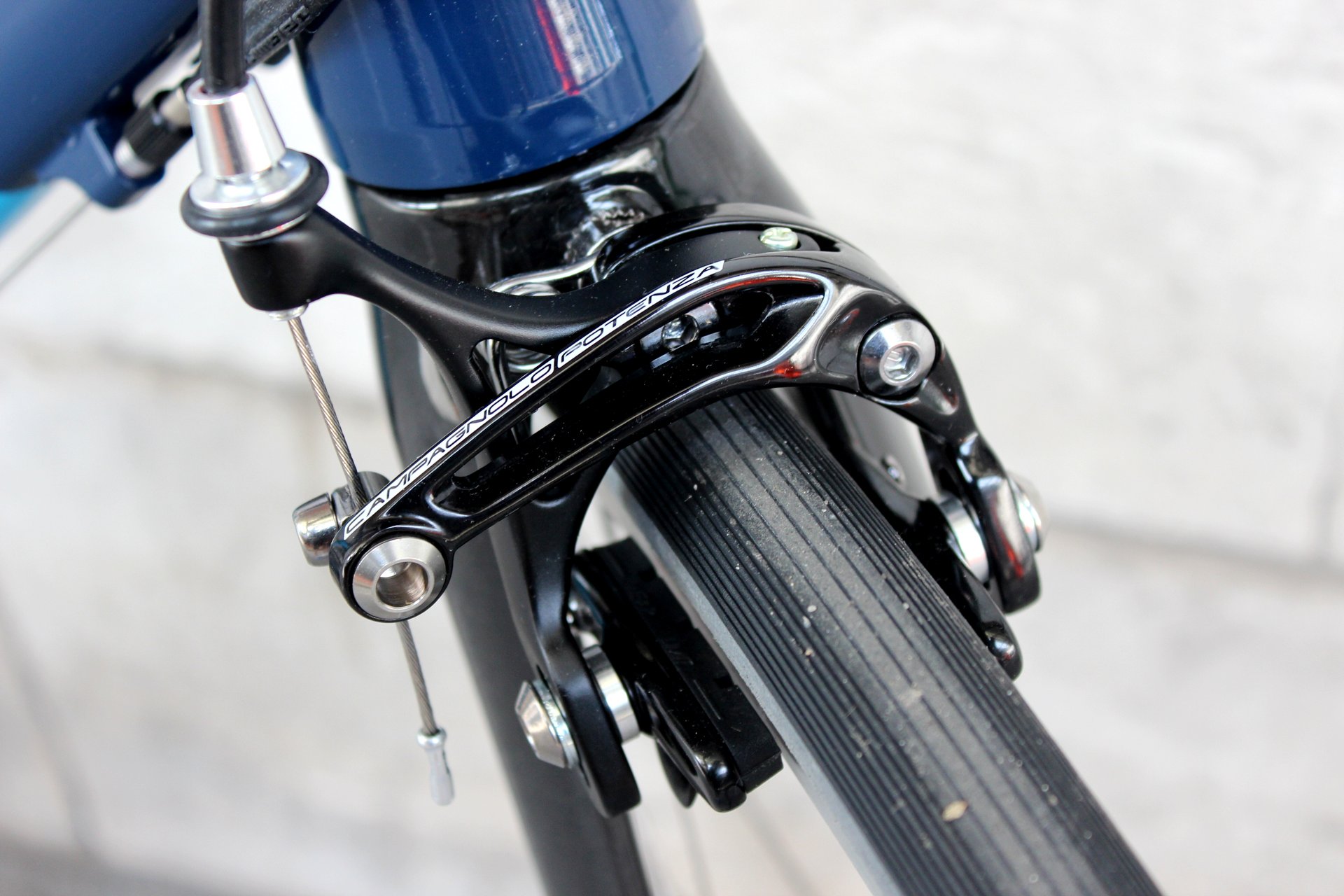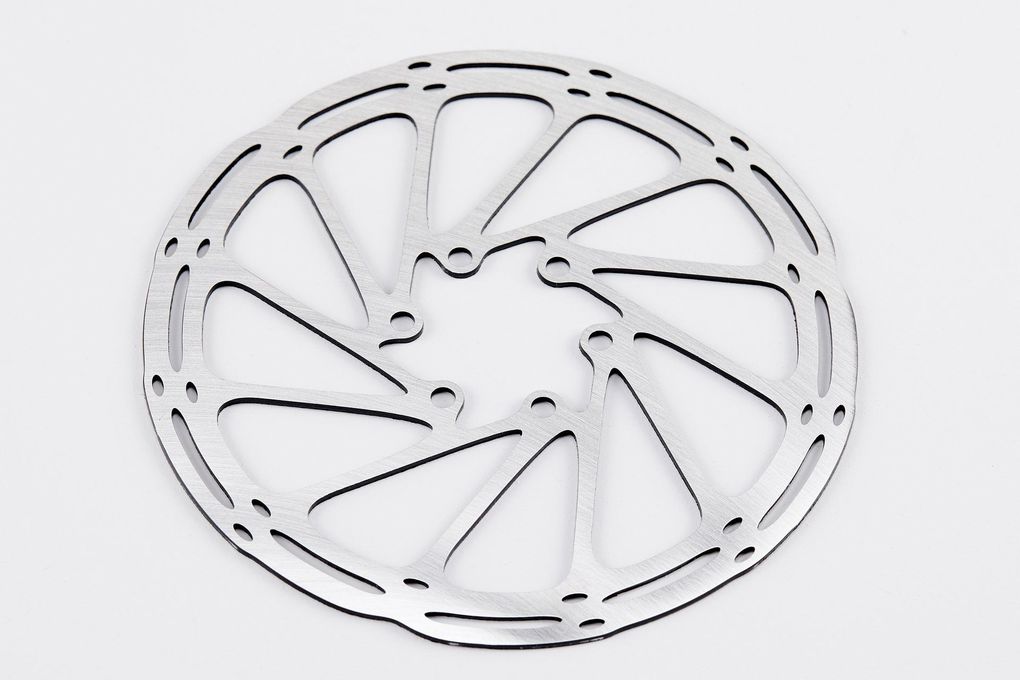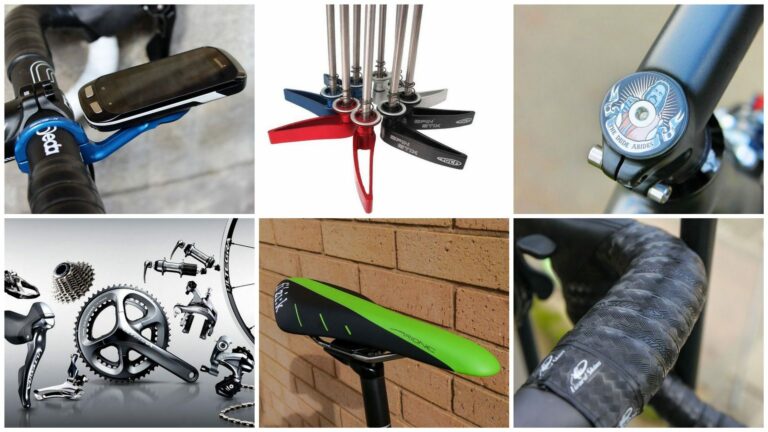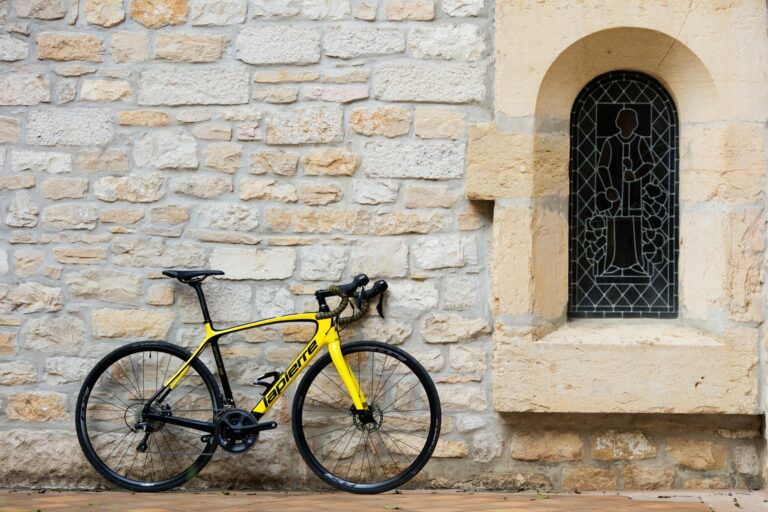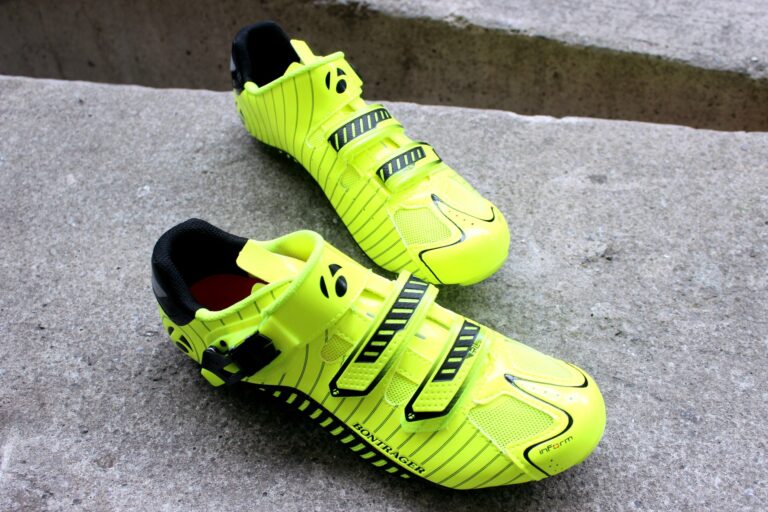Whether you’re buying a new bike, or looking to upgrade your current steed, the groupset is one of the most important upgrades you can make.
Shimano, SRAM and Campagnolo are the dominant players in the groupset market and each have plenty of choice, with Shimano and Campagnolo both offering no less than eight options, while SRAM last year entered the electronic market with eTap to expand their range to nine groupsets.
– Essential guide to Shimano, SRAM and Campagnolo groupsets –
This guide focuses on the second-tier rivals from each of the three big manufacturers: Shimano’s Ultegra, Campagnolo’s Potenza, and SRAM’s Force 22. At this level, these groupsets sit below the flagship Dura-Ace, Record and Super Record, and Red gruppos respectively, and look to offer a similar feel and level of performance to their top-level siblings without the knife-edge weight savings and associated cost.

For this reason, this level of groupset is incredibly popular for riders looking to upgrade their bike, or when choosing a new bike, as you get 95 per cent of the top-level experience for much less of the cost. It’s why Campagnolo this year launched Potenza as a direct rival to Shimano Ultegra (and to tap into the OEM market, with Campag hoping to see Potenza specced on more off-the-shelf bikes).
– Campagnolo launch new Potenza groupset to take on Shimano Ultegra –
If you’re looking to upgrade your groupset and want to know exactly what you’re getting for your money, or you’re buying a new bike and want to know what it’s coming with, then read on. With the three big players all now targeting this corner of market, here’s what you need to know about Shimano Ultegra, Campagnolo Potenza and SRAM Force 22.

